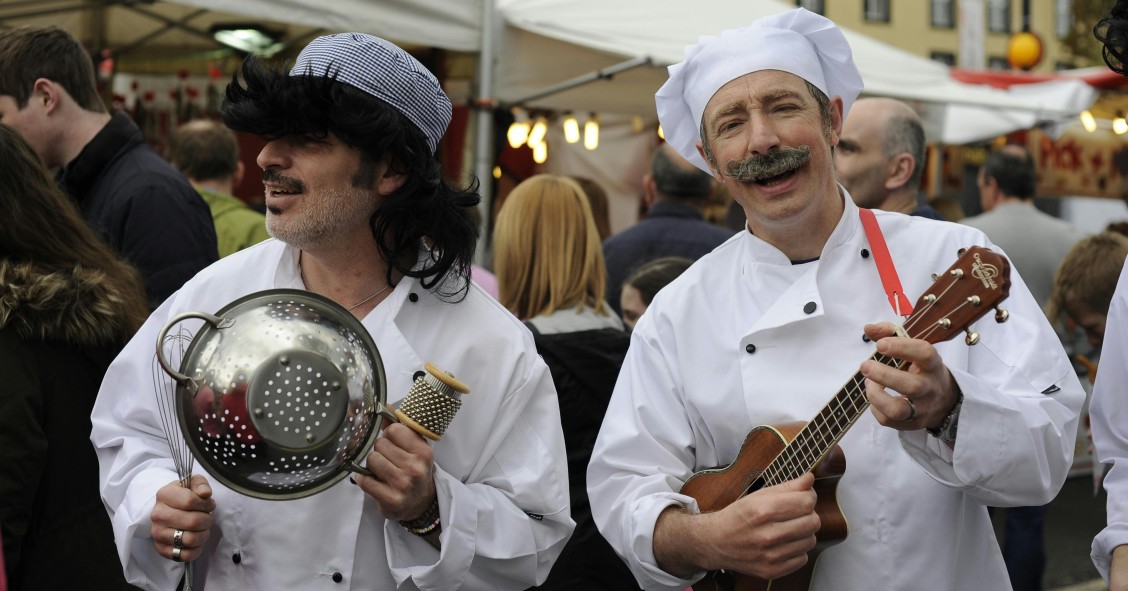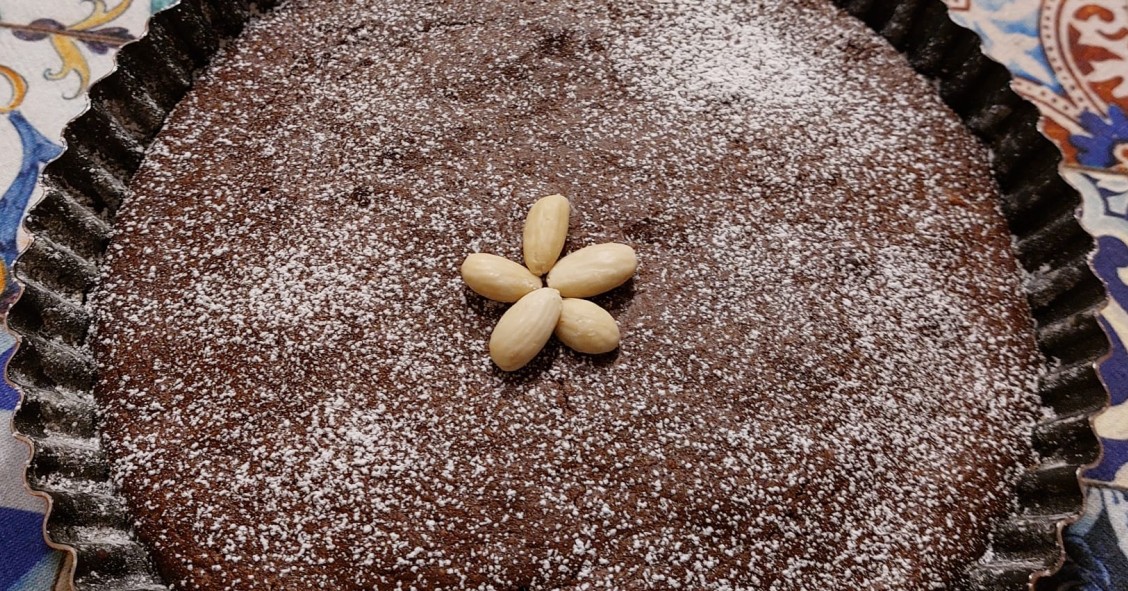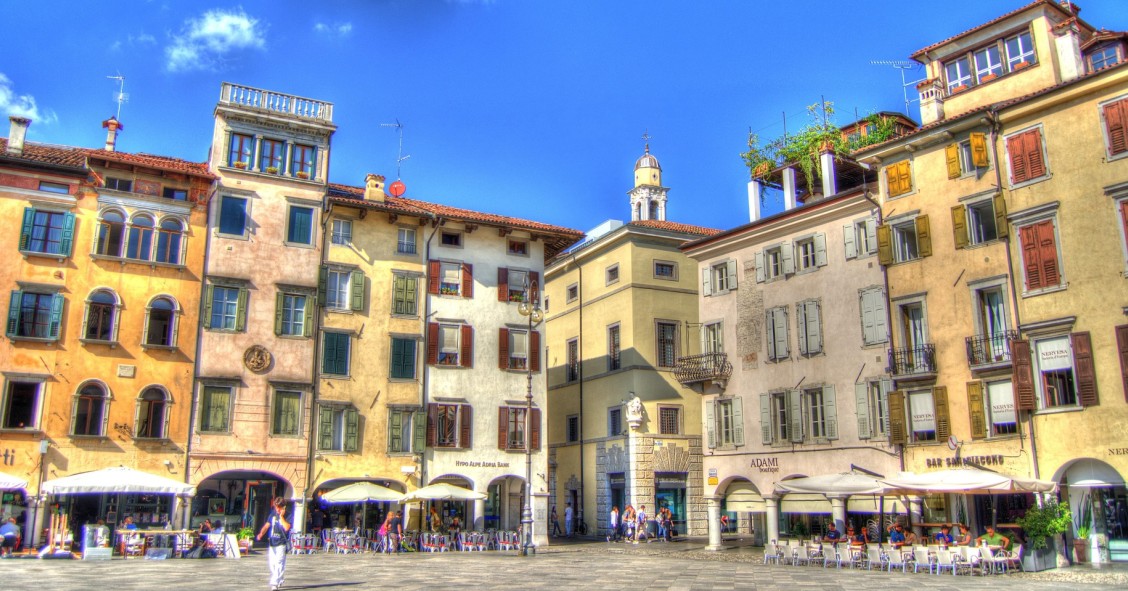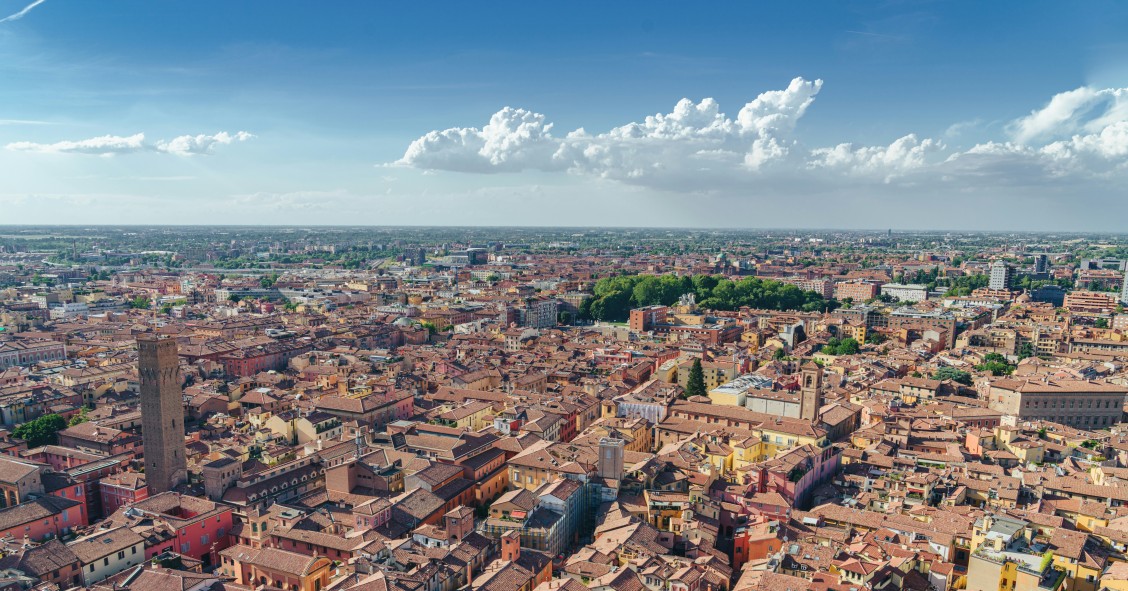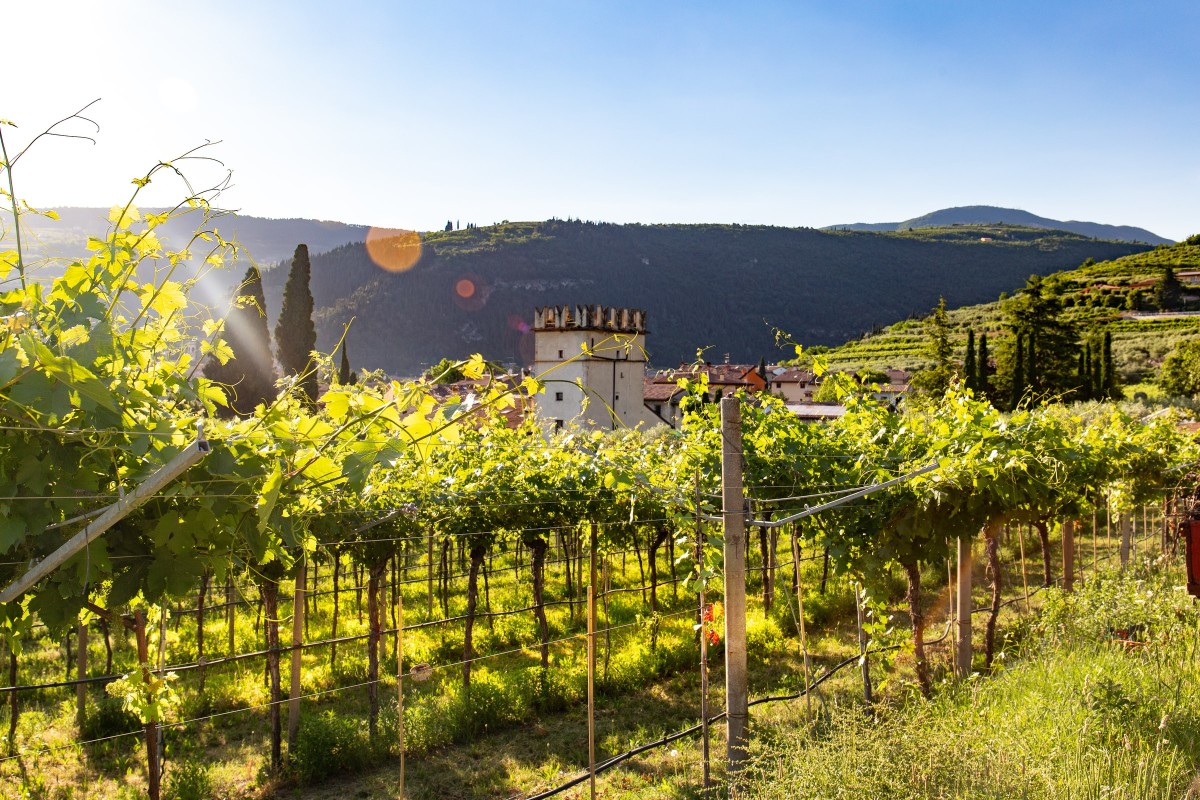
While Italy’s city life thrums with energy and history, there’s something quietly captivating about the countryside. Think rolling hills dotted with olive groves, vineyards that seem to stretch for miles, and rural villages where every neighbour knows your name. For many, seeking out the best places to live in Italy means looking beyond the obvious, trading urban pace for a more grounded way of life.
Expats find themselves welcomed into rural communities where local traditions run deep. The cost of living in rural Italy is often surprisingly reasonable, with homes in these Italian villages offering more space and often a patch of land. Where you decide to settle really comes down to the kind of scenery you fancy: from forested mountains and hidden lakes to sunbaked fields and medieval lanes.
Moving to the Italian countryside: north or south?
Choosing between northern and southern Italy for rural life is like picking between two distinct but equally inviting worlds. Up north, you'll find lush Alpine meadows, shimmering lakes, and well-tended vineyards rolling through regions like Piedmont and Veneto. Small towns can feel tidy, and there’s often a stronger focus on industry and agriculture mixed with family-run businesses. Winters can be cold and misty, but the proximity to cities like Milan or Turin means you’ve got culture and connections not far away.
Head south and everything seems to slow. The landscapes stretch from olive groves in Puglia to the dramatic hills of Basilicata and the citrus-scented coasts of Calabria or Sicily. Village life here is famously sociable—expect plenty of local festivals, midday siestas, and community gatherings. The weather is milder, the food is heartier, and days revolve around local routines rather than the clock.
Where is the best place to live in Italy's countryside?
Tuscany
If you’re dreaming of the best places to live in Italy’s countryside, Tuscany always comes to mind first. This region is the stuff of fairytales, with those classic rolling hills, lines of cypress trees, and sun-drenched vineyards all around. Beyond the picture-perfect scenery, Tuscany draws you in with its mix of vibrant art towns like Lucca or Cortona, centuries-old hamlets tucked into the hills, and no shortage of trattorie serving proper local grub.
Life moves at its own pace here—afternoons are for wandering pretty piazzas or enjoying a glass of Chianti with neighbours. While Tuscany sometimes gets a reputation as a tourist magnet, the day-to-day reality in many rural areas is relaxed, friendly, and unspoilt. The countryside is dotted with family-run vineyards and olive farms, and communities tend to be welcoming, especially if you’re keen to get involved..
Don’t write off Tuscany if you’re worried about sky-high property prices. While some spots are known for their luxury estates, there are genuinely affordable properties to be found. Check out northern parts like Bagni di Lucca, the low-key charm of Barga, or the lesser-known areas of Lunigiana. These villages offer good value and plenty of that rustic Tuscan atmosphere.
Umbria
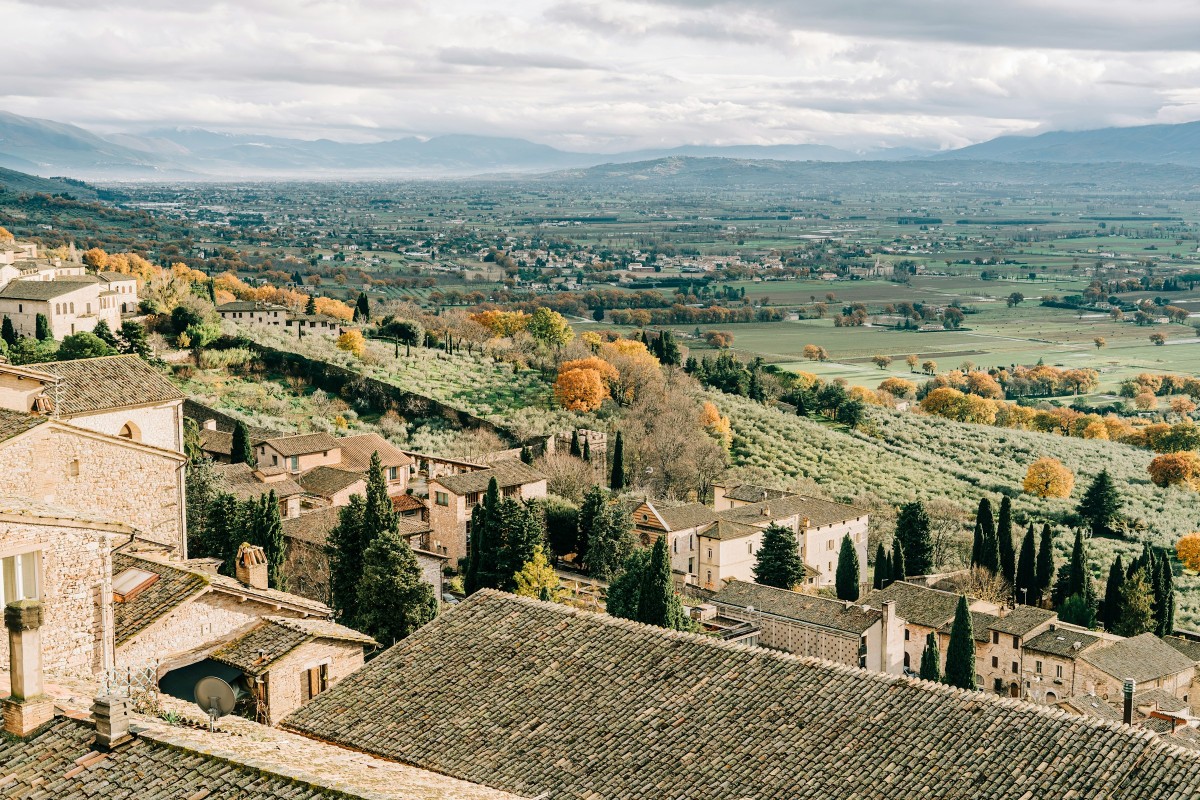
Umbria is sometimes called 'the poor man's Tuscany', not because it’s any less appealing, but simply because it’s less on the tourist radar. For anyone thinking about the best places to live in Italy’s countryside, Umbria is a bit of a hidden gem. Its landscapes are every bit as stunning as those in its more famous neighbour, with forested hills, ancient stone villages, and olive groves stretching as far as the eye can see.
Life here is peaceful and unhurried. Evenings often mean nothing but the sound of birdsong as you sit out and take in the view. The cost of living in rural Umbria is also friendlier on the pocket than Tuscany, making it an attractive option for anyone dreaming of a larger home or garden. Towns like Assisi and Orvieto are particularly popular if you want a slice of Umbrian village life without being totally off the beaten track.
Abruzzo
Made up of just four provinces, Abruzzo is Italy’s best-kept secret for those drawn to greener living and wild, untamed landscapes. Often hailed as the country’s greenest corner, it’s the sort of place where dense forests and dramatic mountain peaks take centre stage. With three national parks and a scattering of nature reserves, you’ll have your pick of hiking trails, quiet lakes, and villages.
Daily life in Abruzzo’s rural villages, like Pescocostanzo and Scanno, feels blissfully removed from the frenzy found elsewhere. The pace is calm, with local festivals centred around Abruzzo's incredible wine, artisan workshops, and family-run trattorias shaping the rhythm of the year. If you’re considering the cost of living in rural Italy, Abruzzo usually sits lower than the national average, making it easier to find that classic stone house or generous garden without stretching your budget. Lean in, and you’ll discover a region where old customs are celebrated, food is hearty and genuine, and nature is always right outside your door.
Marche
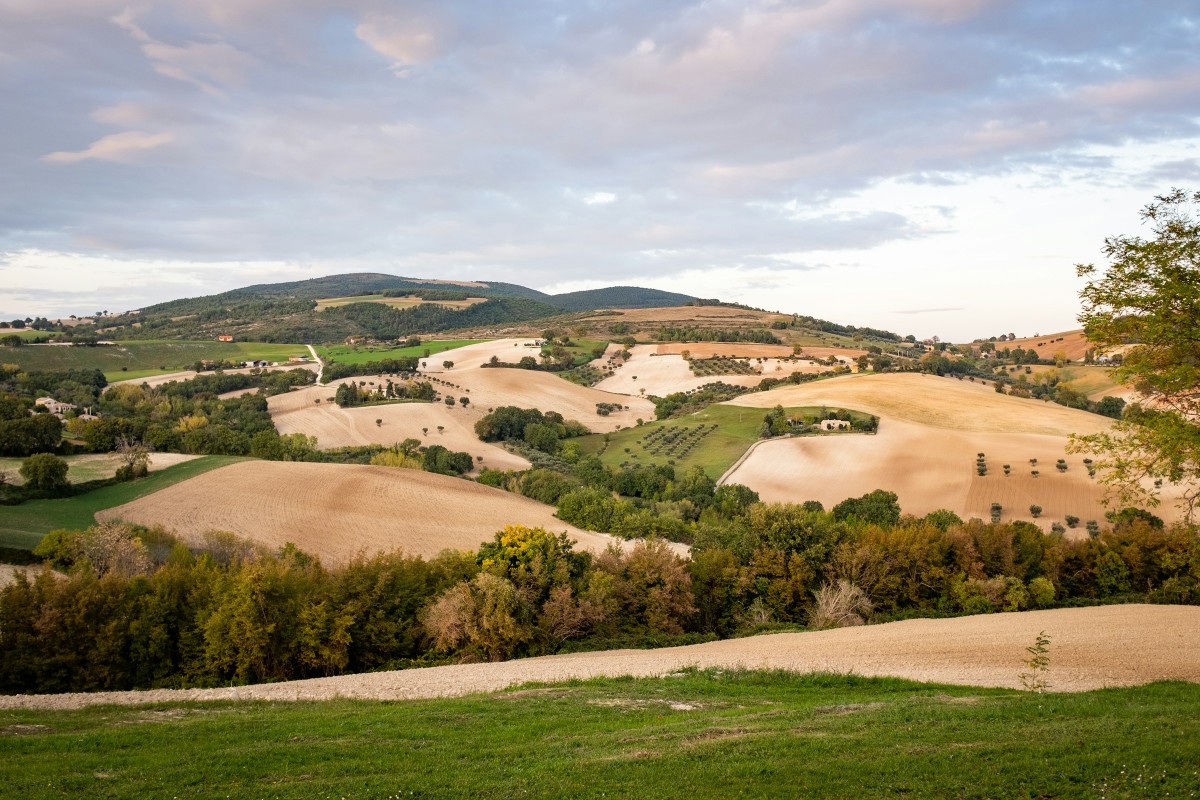
Marche is a quietly dazzling region tucked away in central Italy with gently rolling hills, peaceful villages and a sense of rural elegance. The region combines affordability with a real depth of culture. It’s often bypassed for glitzier neighbours, so the cost of living here tends to be that bit more manageable, giving you more space, more views, and fewer headaches over money.
Villages in Marche are loaded with historical charm—think Renaissance treasures in Urbino, Roman ruins, and pretty piazzas where local festivals are a regular part of life. The Adriatic coast gives you access to some of the most peaceful, hidden beaches in Italy, while inland, places like Ascoli Piceno reward you with sweeping vistas and hiking trails. If the arts call to you, you’ll find opera houses and theatres tucked into even the smallest towns.
Apulia
Down in Italy’s heel, Apulia (or Puglia, as the locals call it) is winning over expats with its cost-effective living and a welcome that feels genuinely heartfelt. Famous for those whimsical trulli houses circling the fields of Alberobello, endless olive groves, and food that celebrates everything the sun and earth can offer. This is rural Italian life with a flavour of its own—full of tradition but never stuck in the past.
Life here is about balance. In places like Ostuni, whitewashed streets glow under southern skies. In Alberobello, there’s a real sense of community, whether you’re sharing taralli at the market or joining the townsfolk for a summer fiesta. Apulia manages to hold onto its old-world feel, though you’ll find all the modern bits you need, too. The region is a dream for food lovers (think fresh burrata, handmade orecchiette, and world-class olive oil), and the pace is set by the land and sea rather than rush-hour timetables. Local festivals, lively markets, and a focus on craftsmanship keep the region buzzing.
Sustainable living: Italy’s “Green Spikes” villages
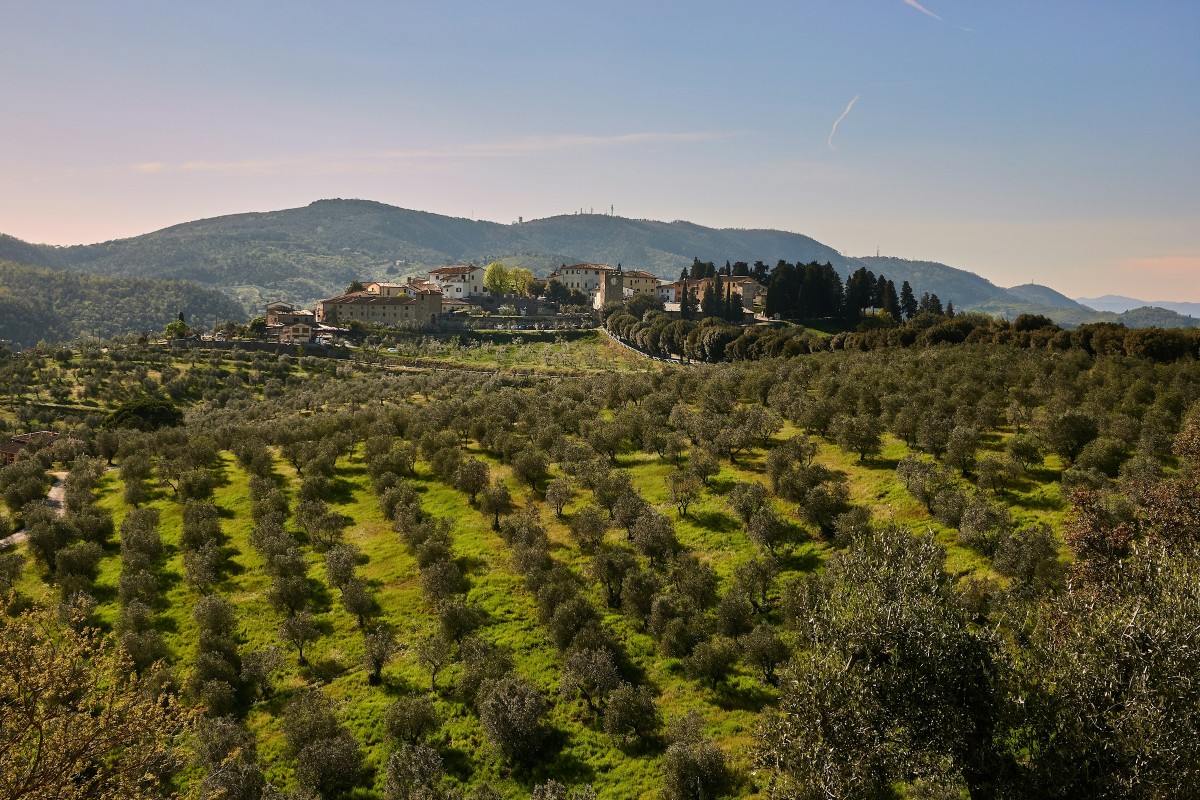
Across Italy, there’s a growing movement towards thoughtful, sustainable living, and nowhere is this more obvious than in towns flying the Spighe Verdi (“Green Spikes”) flag. These awards aren’t just for show—they highlight small Italian villages genuinely committed to eco-friendly practices, unspoilt countryside, and slower, more mindful tourism.
Moving to a Spighe Verdi town often means getting involved in community agriculture, lending your support to local family businesses, or simply swapping the car for a bike or a walk. From organic farming methods to responsible waste management and renewable energy, these areas do more than just safeguard their landscapes.
Settling in authentic villages like Chiusa Pesio in Piedmont or Peccioli in Tuscany, you’ll find neighbours who take real pride in their environmental efforts, from communal gardens to village clean-ups. For many expats, the draw isn’t just the scenery or the cost of living in rural Italy—it’s the chance to play a part in keeping these vibrant communities green for generations to come.
How to move to rural Italy
Moving to rural Italy is about much more than finding a picturesque setting—it’s learning to settle into a place where daily rhythms are slower, and community is at the heart of everything. Consider what kind of countryside suits you, from the mountains of the north to the olive-strewn hills of the south, and weigh up things like transport connections, healthcare, and whether you want to be in a lively village or tucked away in perfect peace.
Start by researching the best places to live in Italy’s countryside that match your lifestyle. Make a wish list—proximity to services, language schools, local markets, or even the presence of fellow expats if that’s important to you. Visit a few areas at different times of the year; some villages swell with energy in summer but quieten right down off-season. Finding a place to rent at first is usually smart—it allows you to get a feel for local life before committing to a property purchase. For relocation support in smaller towns, some agencies specialise in rural moves and usually have ties with local officials, handymen and language tutors. Some also arrange bespoke orientation tours, which is handy if you want to suss out different villages before you settle.
Above all, be ready to throw yourself into village events—family-friendly festivals, markets, sagre. Learn a bit of Italian, support local businesses, and get to know your neighbours.

